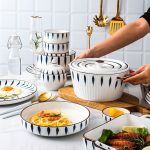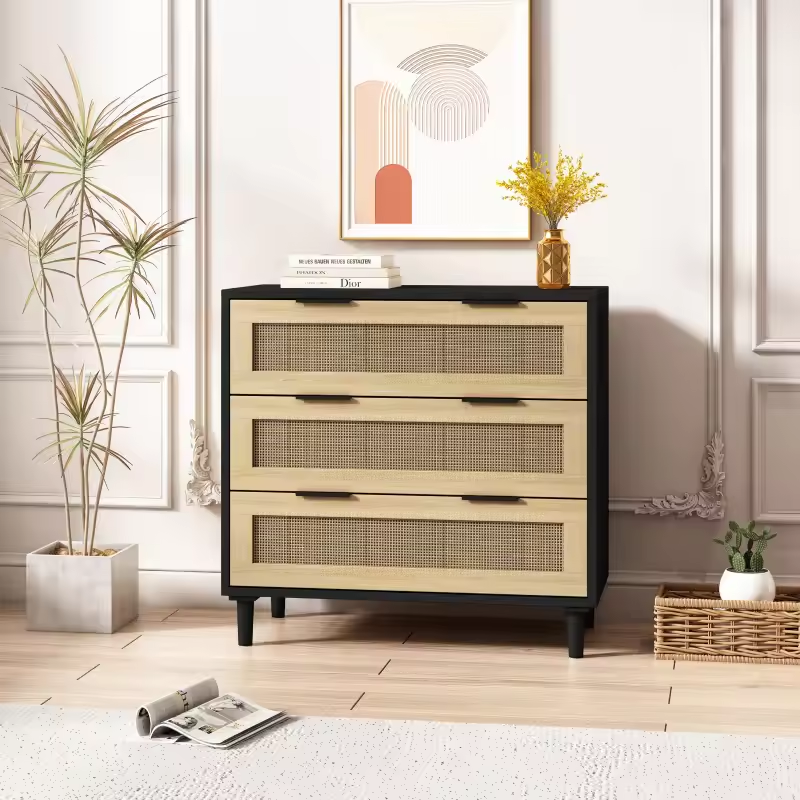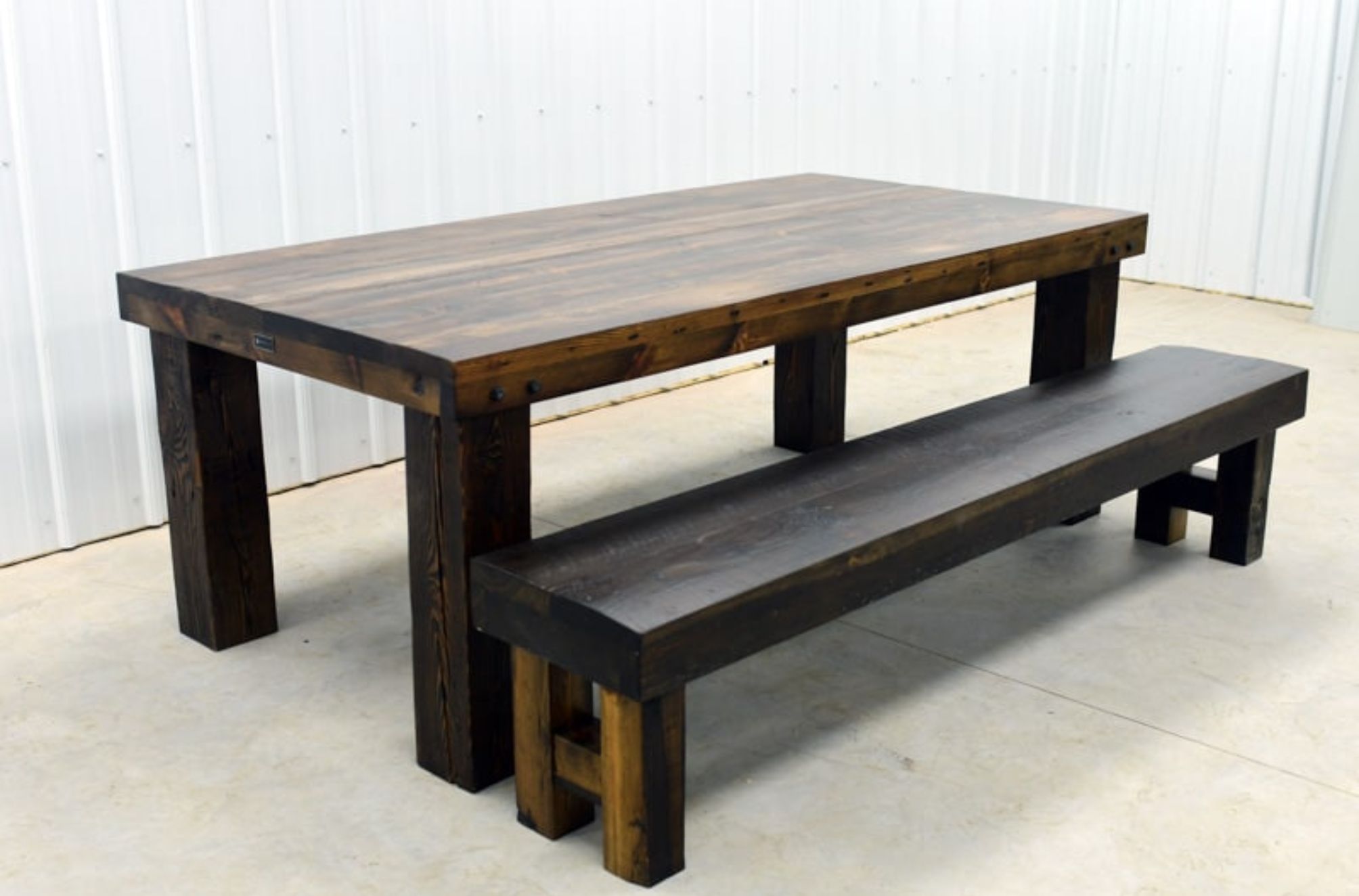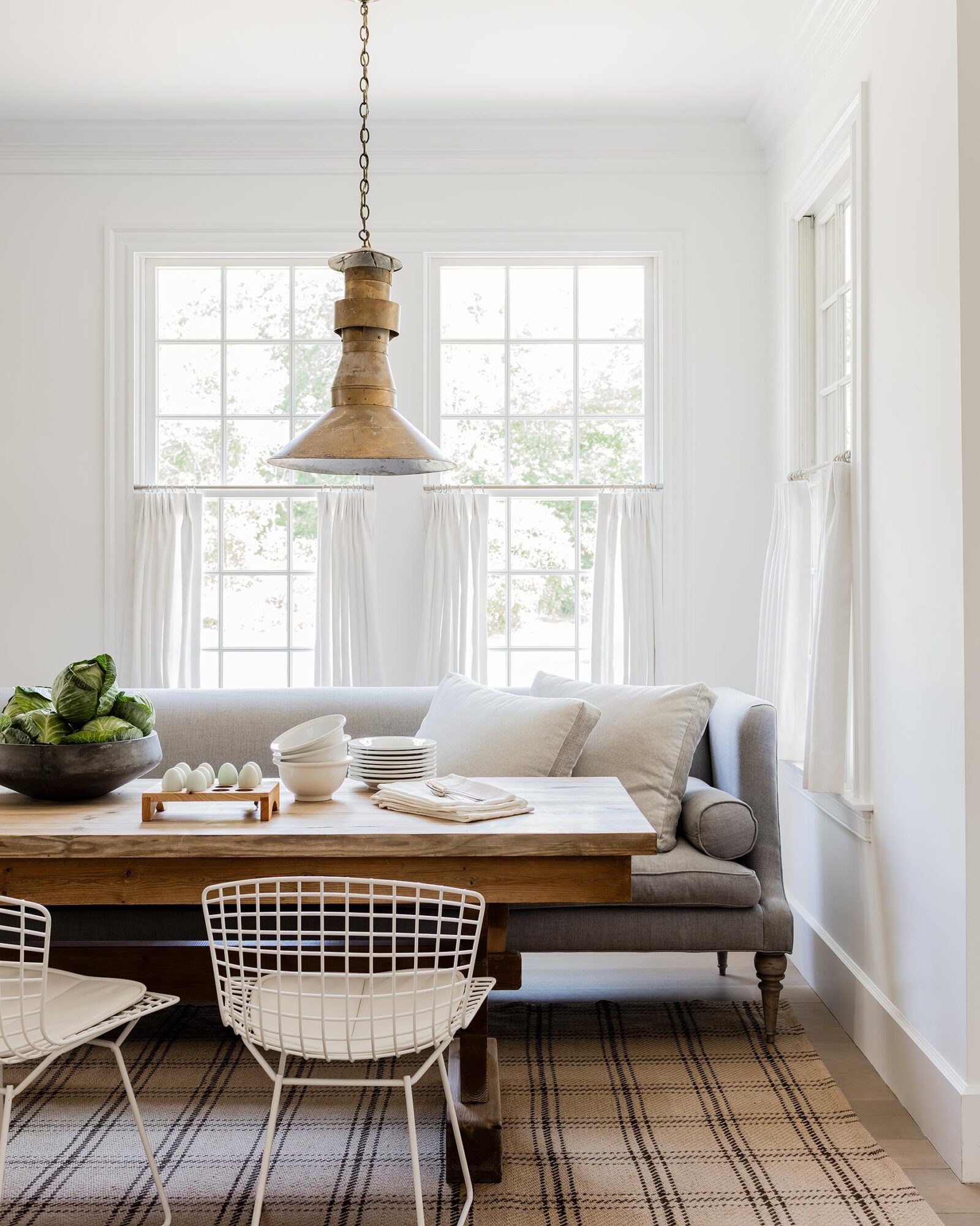Introduction: The Heart of Your Home
A dining table is more than just a piece of furniture; it’s the heart of your home, where meals are shared, conversations flow, and memories are made. When it comes to crafting your dream dining table, selecting the right wood is crucial for achieving both beauty and functionality. In this guide, we’ll explore the characteristics of various wood species to help you choose the perfect material for creating a dining table that reflects your style and withstands the test of time.
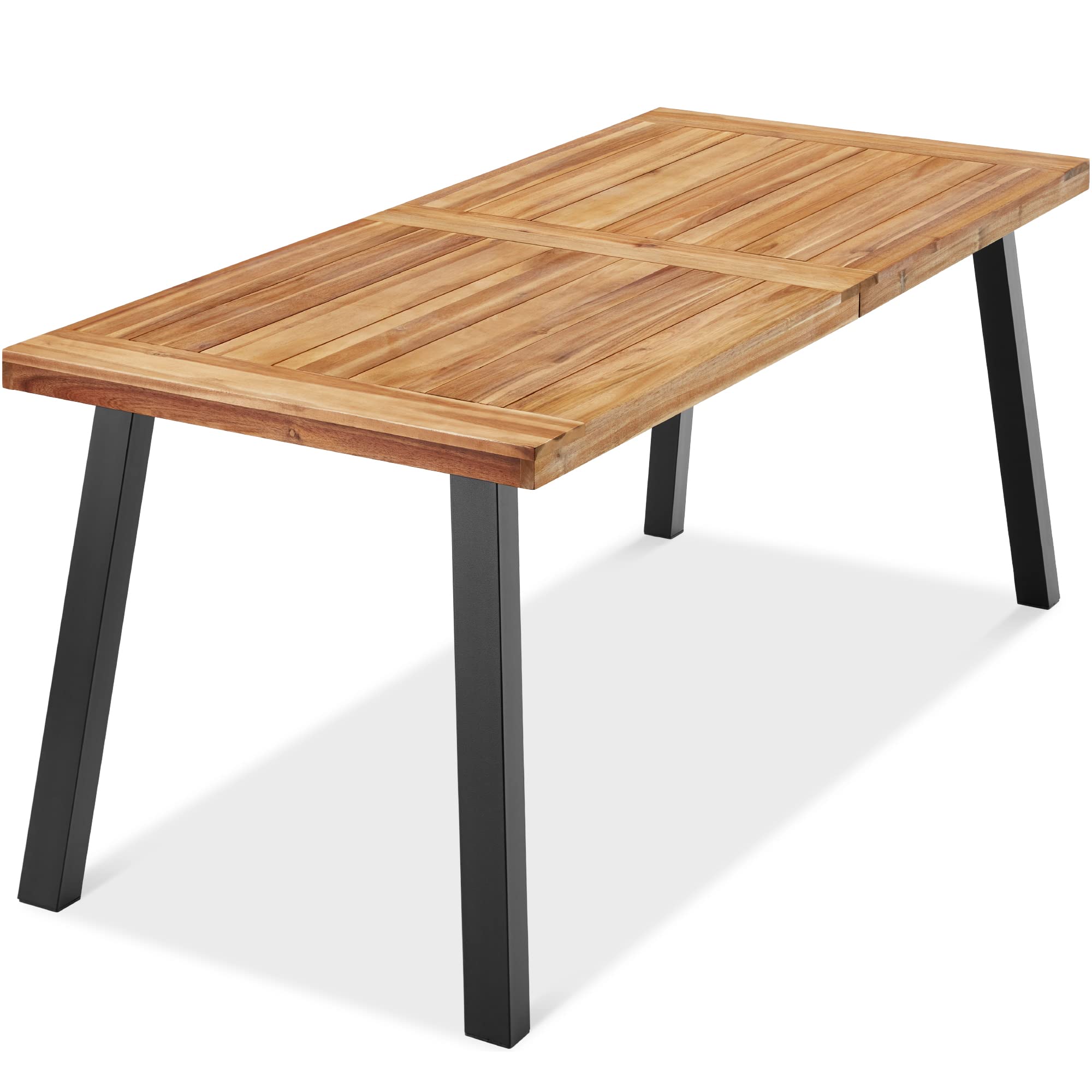
Understanding Wood Characteristics: What to Look For
Before delving into specific wood species, it’s essential to understand the key characteristics that determine the suitability of wood for furniture making. Factors such as hardness, grain pattern, color, and durability all play a significant role in selecting the right wood for your dining table. Additionally, consider the overall aesthetic you wish to achieve, whether it’s rustic and warm or modern and sleek. By evaluating these factors, you can narrow down your options and make an informed decision.
Classic Elegance: The Timeless Beauty of Oak
Oak is a classic choice for dining tables, prized for its durability, strength, and timeless beauty. Available in two main varieties, red oak and white oak, this hardwood boasts a distinctive grain pattern and a range of warm tones that deepen over time. Red oak is known for its reddish-brown hue and prominent grain, while white oak exhibits a lighter, golden-brown color with a subtler grain pattern. Both varieties are highly durable and resistant to wear, making them an excellent choice for families and high-traffic areas.

Warmth and Character: Embracing the Charm of Walnut
For those seeking warmth and character in their dining table, walnut is an exquisite choice that exudes natural beauty and sophistication. Known for its rich, chocolate-brown color and swirling grain patterns, walnut adds warmth and depth to any space. While slightly softer than oak, walnut is still a durable hardwood that ages gracefully, developing a lustrous patina over time. Its natural elegance and versatility make it a popular option for both traditional and contemporary dining room designs.
Sleek Simplicity: Embracing the Minimalism of Maple
If you prefer a more minimalist aesthetic, maple offers a sleek and understated option for your dining table. With its light, creamy color and subtle grain pattern, maple lends itself well to modern and Scandinavian-inspired interiors. Despite being lighter in color than oak or walnut, maple is a dense and durable hardwood that resists warping and denting, making it an excellent choice for everyday use. Its clean lines and smooth texture provide a versatile canvas for showcasing other design elements in your dining room.
Exotic Allure: Discovering the Beauty of Mahogany
For those with a taste for the exotic, mahogany offers a luxurious and distinctive option for crafting a statement dining table. prized for its deep, reddish-brown color and straight grain, mahogany exudes elegance and sophistication. This hardwood is known for its exceptional stability and resistance to moisture, making it an ideal choice for humid environments. While mahogany may be more expensive than other wood species, its unparalleled beauty and durability make it a worthwhile investment for those seeking to create a truly extraordinary dining experience.
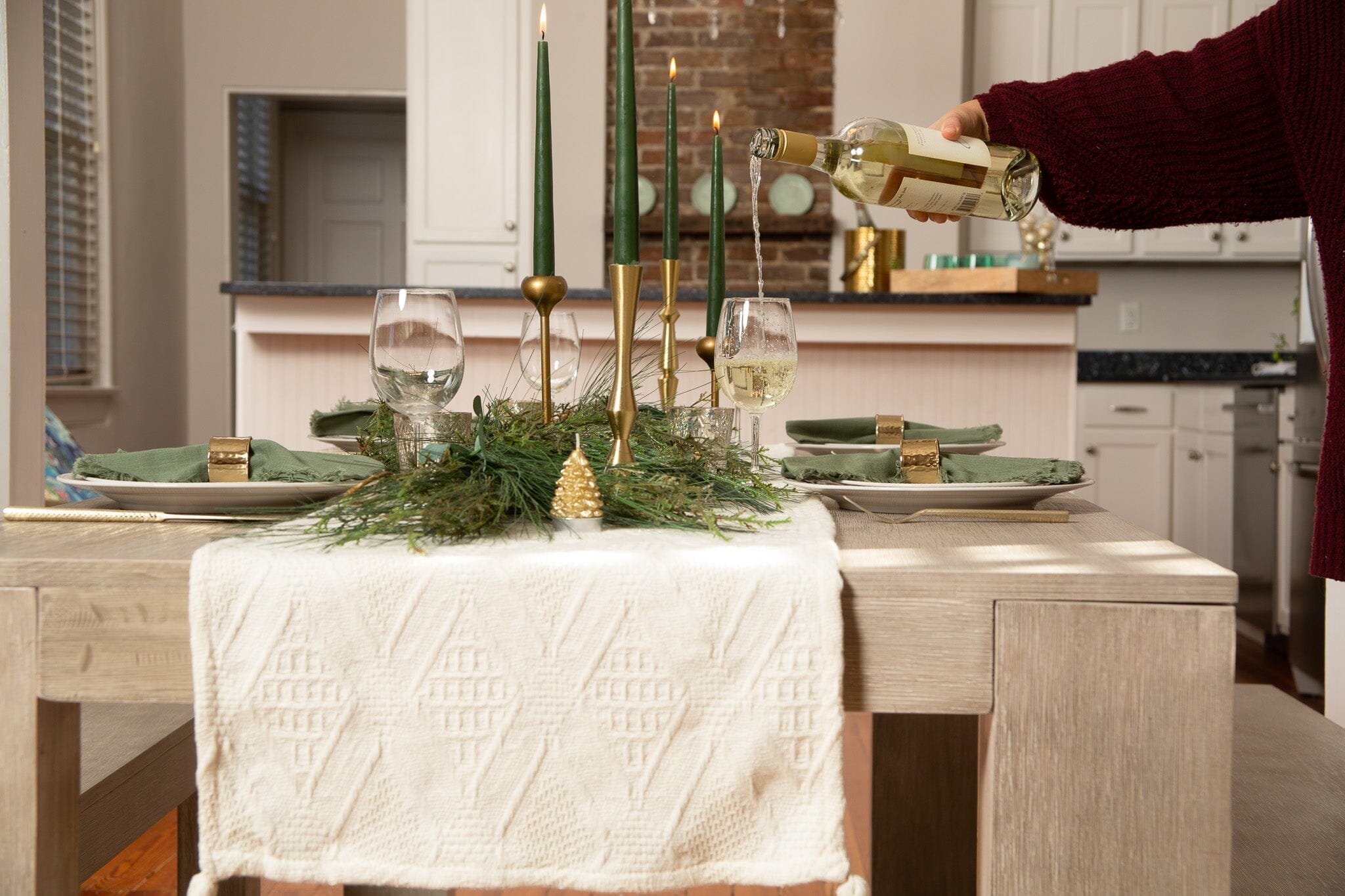
Environmental Sustainability: Considering Eco-Friendly Options
In addition to aesthetics and durability, many homeowners are also prioritizing environmental sustainability when choosing wood for their dining table. Look for wood species that are certified by organizations such as the Forest Stewardship Council (FSC), which ensures that the wood is harvested from responsibly managed forests. Popular eco-friendly options include bamboo, reclaimed wood, and FSC-certified hardwoods such as cherry and maple. By opting for sustainable wood sources, you can enjoy your dining table with the peace of mind knowing that it was ethically sourced and environmentally friendly.

Exploring Alternative Options: Unconventional Wood Choices
In addition to the traditional wood species mentioned above, there exists a myriad of alternative options for crafting your dream dining table. These unconventional choices offer unique aesthetics and characteristics that can add an unexpected twist to your dining space.
1. Reclaimed Wood: Infusing History and Character
For those who appreciate the charm of imperfection and the story behind each piece of furniture, reclaimed wood provides a compelling option for crafting a one-of-a-kind dining table. Salvaged from old barns, factories, and other structures, reclaimed wood bears the marks of its previous life, including knots, nail holes, and weathering, which contribute to its rustic appeal. Beyond its aesthetic appeal, reclaimed wood also offers environmental benefits by repurposing materials that would otherwise end up in landfills. Whether it’s weathered barn wood, vintage floorboards, or salvaged beams, incorporating reclaimed wood into your dining table adds a sense of history and character to your home.
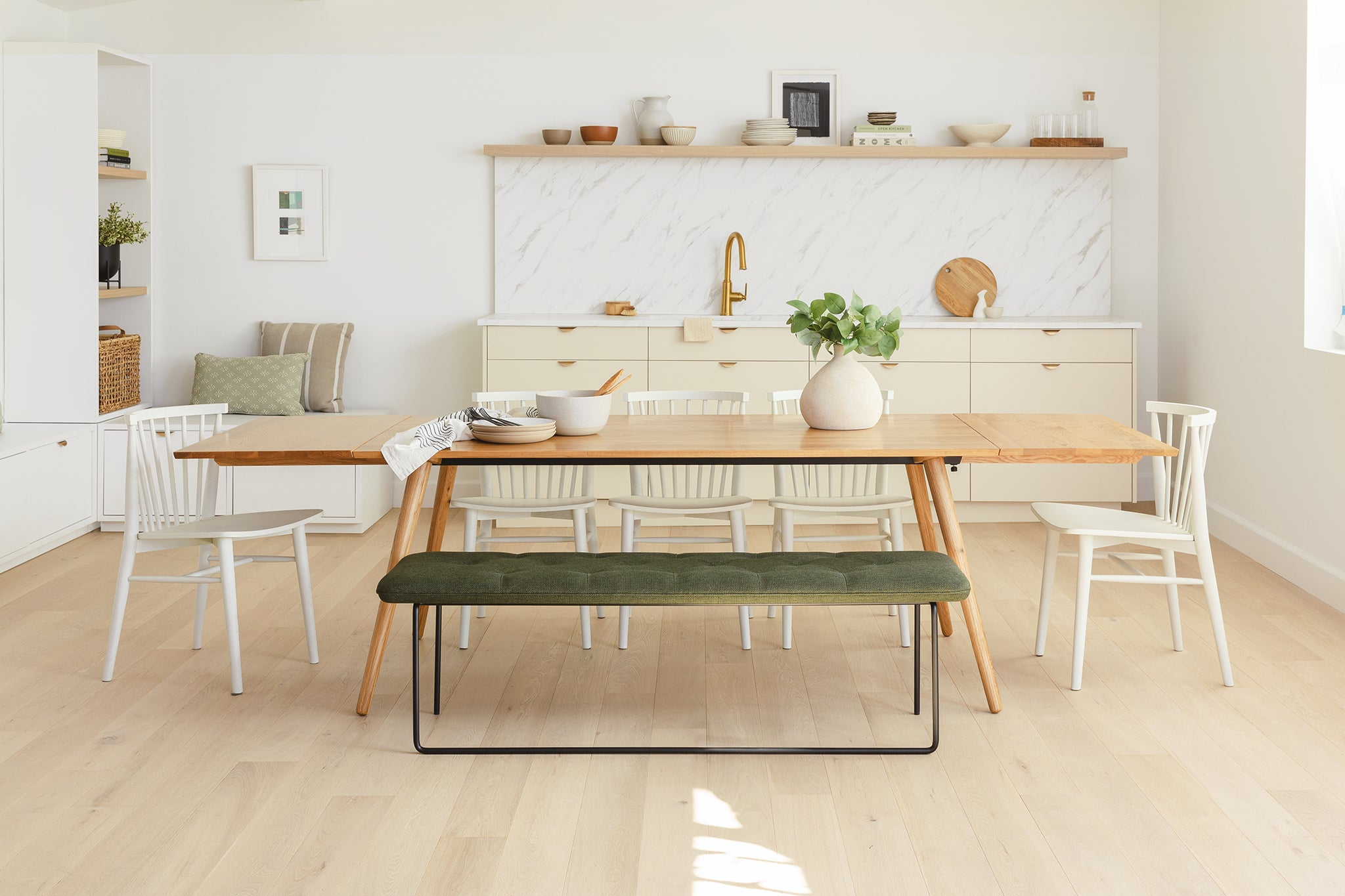
2. Bamboo: Sustainability Meets Style
As sustainability becomes an increasingly important consideration in furniture design, bamboo has emerged as a popular eco-friendly alternative to traditional hardwoods. Despite technically being a grass rather than a wood, bamboo possesses many wood-like qualities, including strength, durability, and versatility. Rapidly renewable and abundantly available, bamboo grows quickly and can be harvested without causing harm to the plant or its surrounding ecosystem. In addition to its environmental benefits, bamboo offers a unique aesthetic with its light, airy appearance and distinctive grain pattern. Whether used as a solid material or in composite form, bamboo lends a modern and sustainable touch to any dining room.
Conclusion: Crafting Your Perfect Dining Experience
In conclusion, selecting the best wood for your dream dining table is a deeply personal decision that should take into account both practical considerations and aesthetic preferences. Whether you gravitate towards the classic elegance of oak, the warmth of walnut, the simplicity of maple, or the exotic allure of mahogany, there’s a wood species to suit every style and taste. By understanding the unique characteristics of each wood species and considering factors such as durability, sustainability, and design aesthetics, you can create a dining table that not only serves as a functional centerpiece but also reflects your individuality and enhances your dining experience for years to come.
